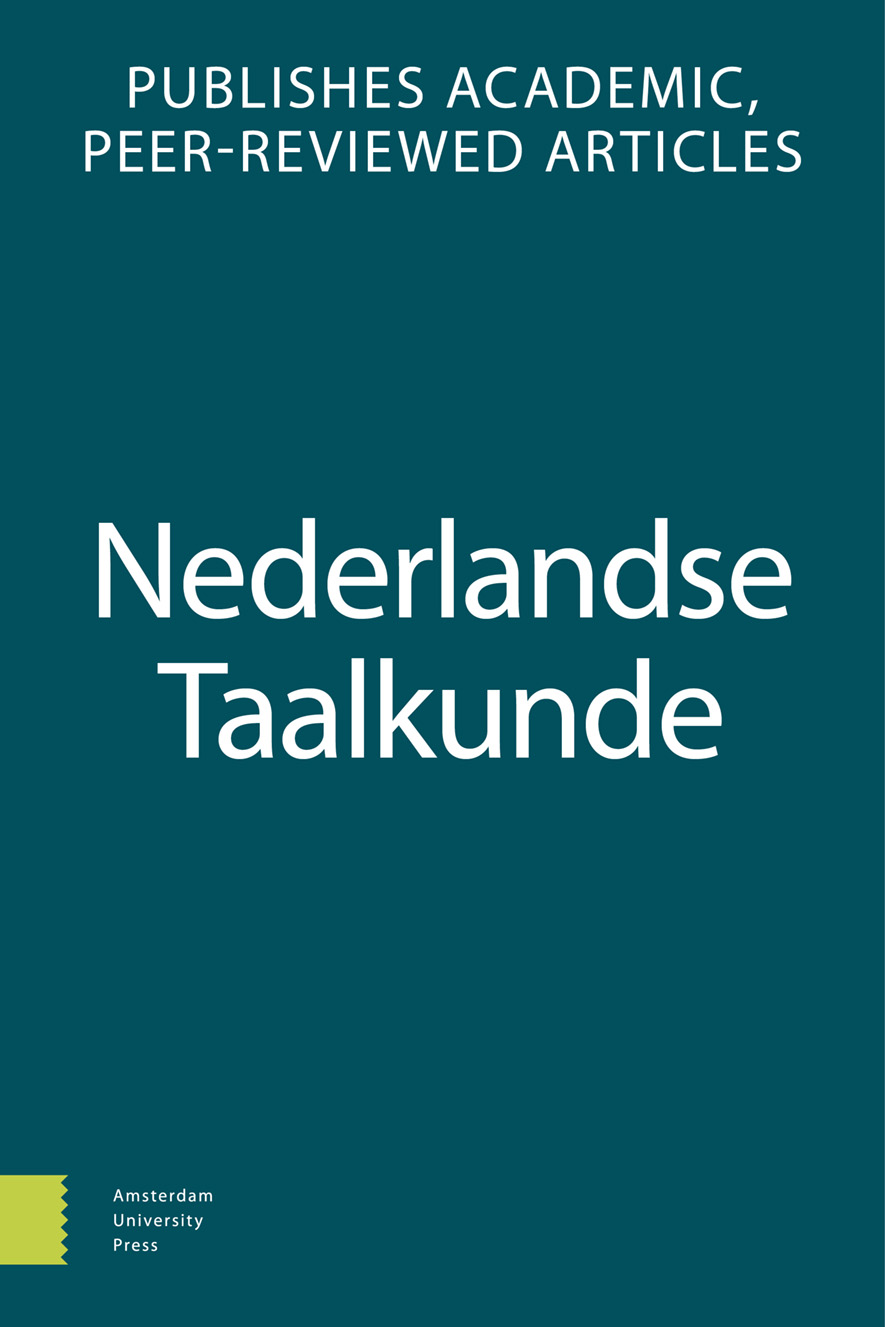-
oa Prospectief aspect in het Nederlands
Over op het punt staan en gerelateerde constructies
- Amsterdam University Press
- Source: Nederlandse Taalkunde, Volume 28, Issue 1, Apr 2023, p. 104 - 116
-
- 01 Apr 2023
Abstract
Prospective aspect in Dutch
Prospective (also known as proximative, imminent or pre-inchoative) aspect presents some subsequent situation as imminent while underspecifying its realization. An English example is beaboutto, as in ‘I am about to leave’. Dutch has several expressions tied to this semantics, including op het punt staan ‘lit. stand on the point: be about to’. This squib presents the first exploration of this type of viewpoint aspect in Dutch. Drawing on corpus data, I show that there are at least six prospective patterns in Dutch, and discuss (i) the source structures their prospective meaning derives from, (ii) the restrictions they impose on their complement, and (iii) their interaction with the perfect.


